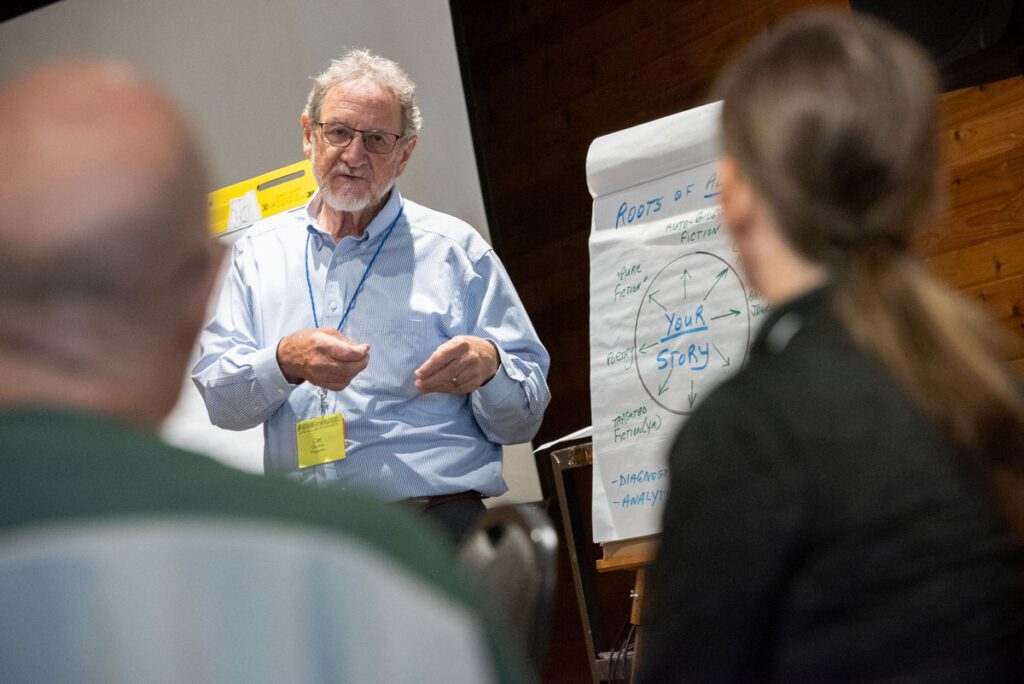Writing Resources

Computer Tools and Editing Software for Writers See more
You will get lost See more
Creating the beginning of the story for the reader See more
Freeflow Institute See more
Get the most out of a Writers Conference See more
No agent?
You can submit your manuscript to Berkley’s Open Submission Program here.
Money Saving Guide for Authors suggested by writer Hannah Bass See more
Kathy Dunnehoff recommends: The Emotion Thesaurus – Find it here
A Writer’s Guide to Character Expression by Angela Ackerman & Becca Puglisi
Authors Guild of America
Advice on publishing for novelists and non-fiction authors. An organization worth joining. Learn more
Sisters in Crime
A nationwide networking/support group for mystery writers. Learn more
Society of Children’s’ Book Writers and Illustrators (Montana Chapter)
A supportive group of artists who use words and pictures to bring stories to life for kids. Learn more
Hand Hobbies: A Resource Guide to Writing Basics See more
Writers Guild of America
The absolute source of all things for screenwriters. You can register your screenplays there. Learn more
Proofreading Marks 101
Learn to decipher those proofreading marks from Open Readings! Get the basics here
Storyfix (Larry Brooks)
A site that gets serious about the craft of writing. Storyfix “offers a deep dive into each facet of the storytelling proposition, which you can apply to your process to elevate your game and claim your career as a novelist or screenwriter.” Learn More
Writers Digest
Writer’s Digest literally “wrote the book” on writing and getting published… so what better resource for writing advice? Learn more
Lipstick Logic
A blog founded by Authors of the Flathead member Betty Kuffel. The blog is dedicated to helping women lead healthy lives. Learn more
How to Schedule Your Writing
How to Schedule Your Writing like a professional writer See more
Some Theater/Screenplay and Script resources See more
Screenplay basics, Writing Dialogue, Writing Plays and much more.
Mindfulness to help your Writing
How mindfulness can transform your writing life See more
Excellent Transcription app – Otter Notes for ios and Android
Need to transcribe a lecture or interview? This is the tool for that. 10 hours a month for free or $8 a month for 100 hours. Learn more
Here’s the best advice for finding an agent See more
Screenplay basics, Writing Dialogue, Writing Plays and much more.
Book Outline: 11 Steps for Success
A video on how to outline Here’s the link
5 Biggest Fiction Writing Mistakes & How to Fix Them – James Scott Bell
Start your revision by addressing these problems See more
Basics of Point of View – Jane Friedman
It’s hard not to pay attention to anything offered by Jane Friedman See more
Some great advice about Writing as a career choice See more
Best Android apps for writers See more
Thirty Websites for Writers See more